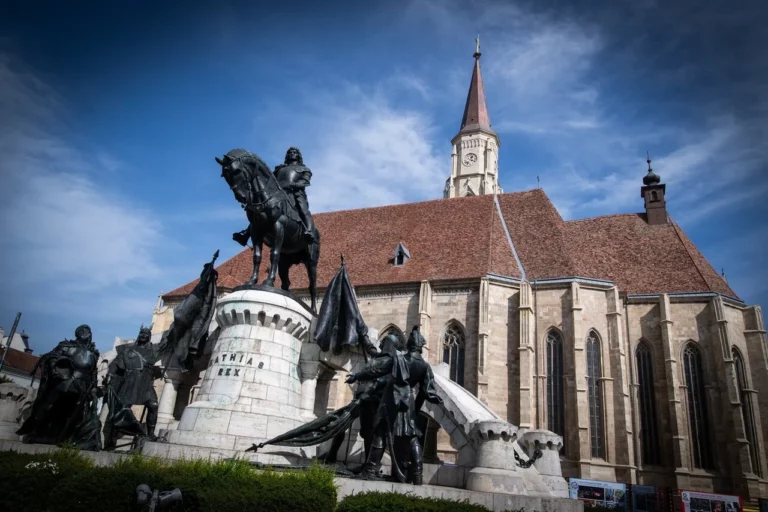Transylvania
Anti-Hungarian presidential candidate Simion is supported by Orbán’s campaign team

This is why Orbán supports Simion, Romania’s nationalist, anti-Hungarian presidential candidate

After Orbán praises anti-Hungarian Simion, Kövér stresses ethnic Hungarians’ interests in Romania

Orbán praises far-right, anti-Hungarian Romanian presidential candidate, drawing criticism from Hungarian minority leader

Hungarian government: President Macron’s meddling in the papal election unacceptable

‘We Hungarians belong together’: Pilgrimage across borders celebrates national unity

Shocking: more than 150-year-old historic wooden bridge of Transylvania’s Maroshévíz collapsed – VIDEO, PHOTOS

New, exciting theory traces back the origins of the Hungarian-speaking Szeklers to Mongolia

Football ultras beat Hungarians in Romania because they used their language with each other!

Budapest–Cluj Napoca direct flight suspended: everything you need to know

The world’s only Hungarian-founded church: the Unitarian Church

Thrilling: Scientists identify 2 new dinosaur species from Transylvania

The hidden Blue Lake of Transylvania: A colour-changing natural wonder

Racist rhetoric: Romanian presidential candidate Georgescu calls for restricting Hungarian rights!

Hungarian President attends inauguration of the new Transylvanian Calvinist bishop

Budapest Airport welcomes 2 new flights and a British café’s grand debut

Cross-border housing trend: Romanians look to Hungary for cheaper property

Minister Szijjártó: More Hungary-Romania border crossings planned, closer energy cooperation





 ZH
ZH IT
IT DE
DE HR
HR NL
NL FR
FR JA
JA RO
RO RU
RU ES
ES TR
TR
